At the current technological level, there's no clear-cut winner between semi-automated and fully automated production lines. They both have unique advantages and drawbacks. Understanding these differences can help factories choose an automation strategy that best suits their needs.
Semi-Automated Production Lines
The main advantage of semi-automated lines is human, yet the main source of variability is also human. Initial investment costs for semi-automated lines are typically half or even a fraction of the cost of full automation. In some tasks where automation is challenging, using human labor can increase stability and provide room for error. Human involvement also allows flexibility in breaking down production lines into standalone units, making it easier to adapt to order variations and product changes.
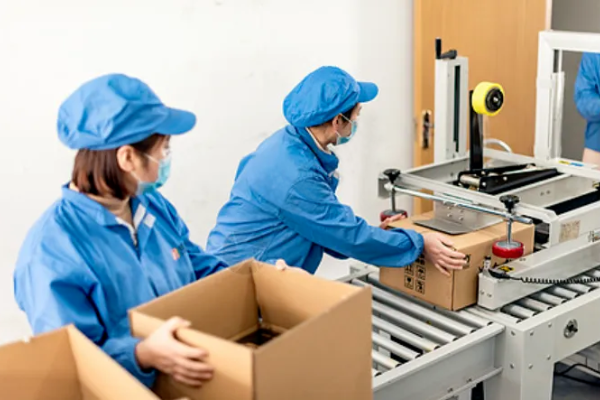
However, workforce turnover can be a major drawback. It’s not uncommon for employees to leave after a few months, and frequent transitions lead to a gradual loss of knowledge. The first worker might know the production line and equipment thoroughly, but as turnover continues, knowledge gaps grow. New hires need an adjustment period to familiarize themselves with the processes and equipment, which is often when issues are most likely to occur, leaving the company in a reactive state. Employee turnover also drives up recruitment and management costs significantly.
Fully Automated Production Lines
Fully automated lines can deliver higher efficiency and consistent quality in certain production scenarios, but they require substantial capital investment. More importantly, a dedicated automation team is essential. Every successful automated line is a collaborative creation between the company and its automation provider. Implementing automation is straightforward, but the challenge is to keep the line running smoothly over time to generate returns.
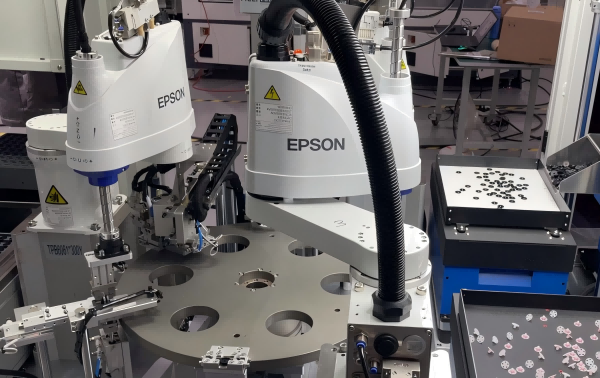
Compared to semi-automation, full automation demands a much higher level of expertise. The company must collaborate closely with the automation provider during the planning stage to ensure rational layout, process feasibility, identification of risk points, coordination between stations, reliability, and post-deployment maintenance. Relying solely on the provider for these considerations can be risky, as they lack the same in-depth understanding of the company’s unique requirements.
Automation also adheres to a “problem conservation law”—wherever issues exist, if they’re not addressed in one stage, they’ll resurface in the next. Therefore, the in-house automation team plays a crucial role in risk management and oversight.
Conclusion
Whether a business opts for fully automated or semi-automated production lines, there are numerous successful and failed cases on the market. Interestingly, while success stories vary widely, failures tend to share a common cause, not recognizing the distinctions between automation and mechanization, and applying mechanical principles to automation efforts.
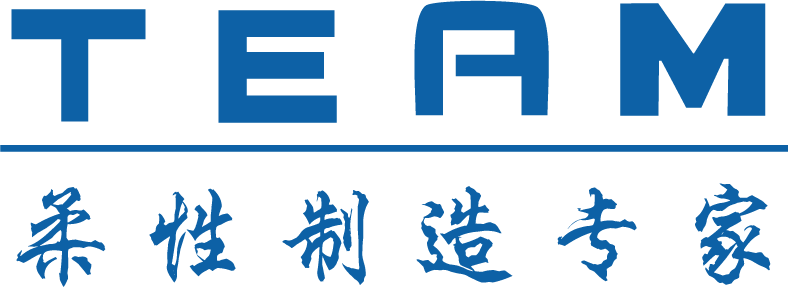

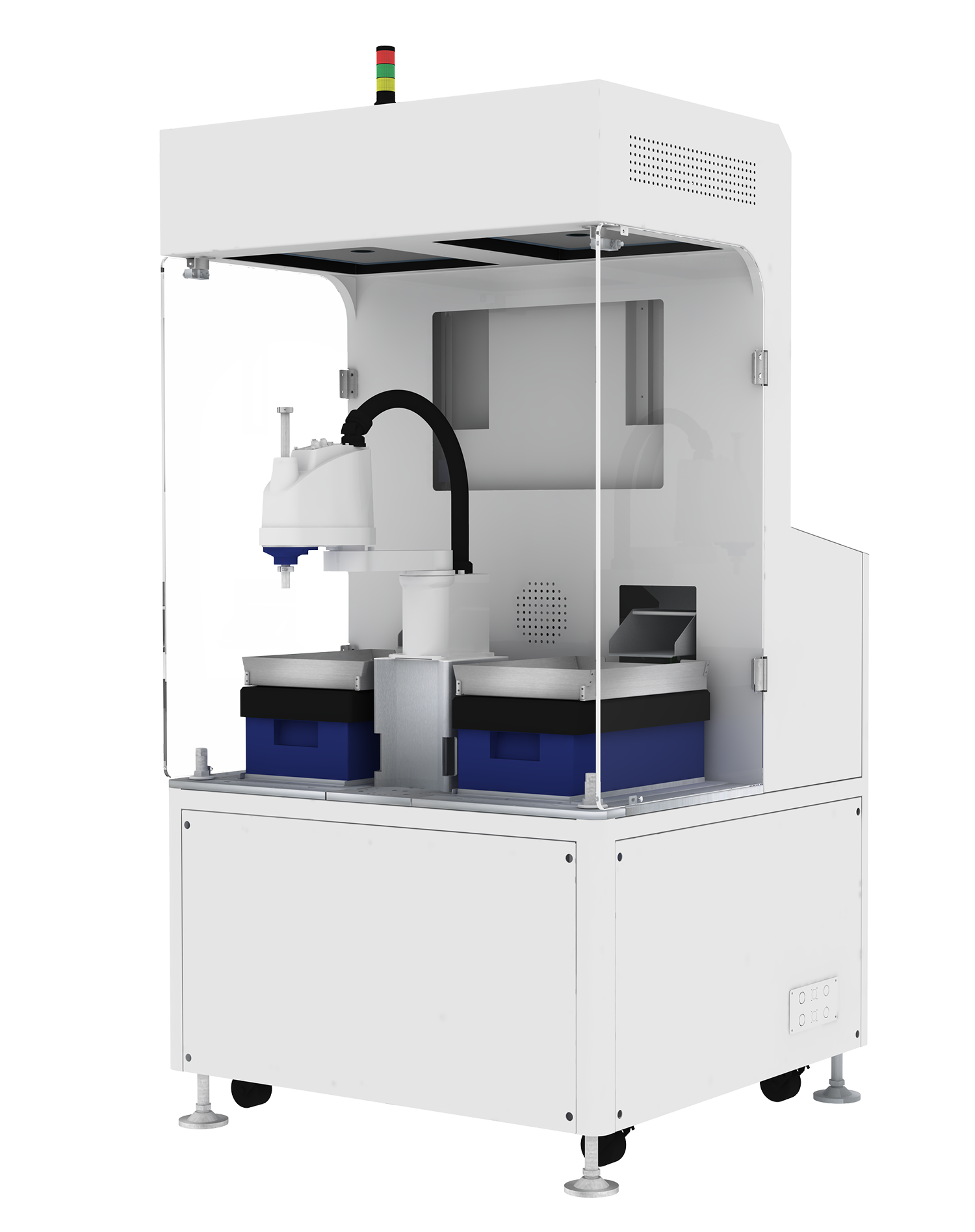
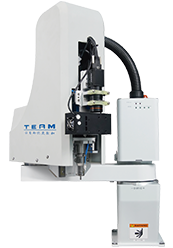
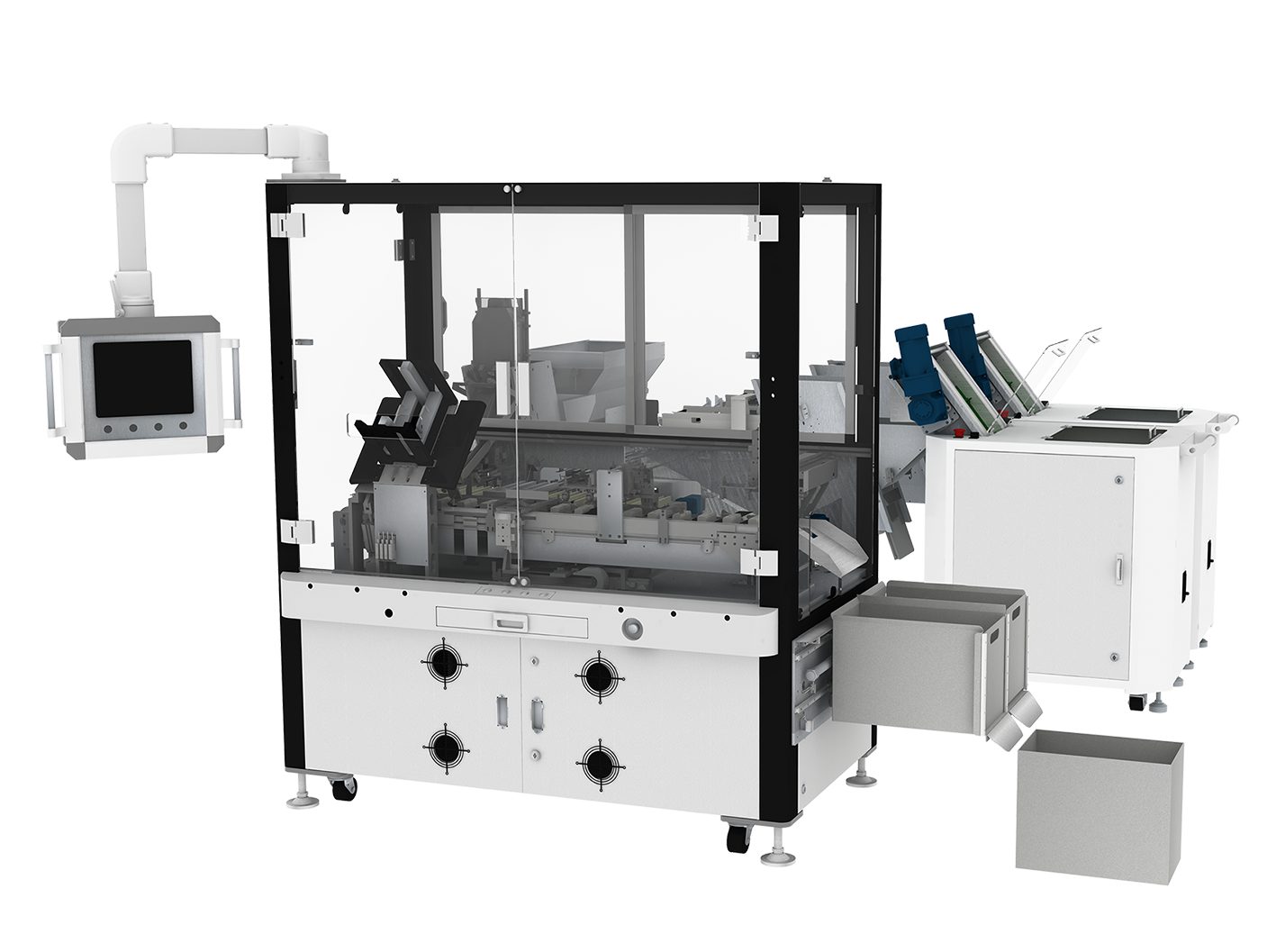







 Home
Home Products
Products Telephone
Telephone Message
Message



